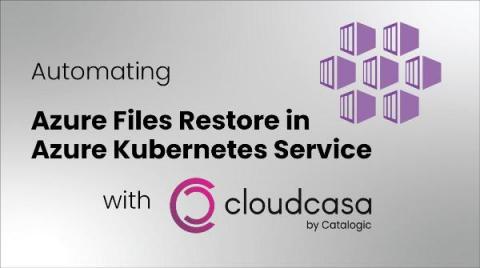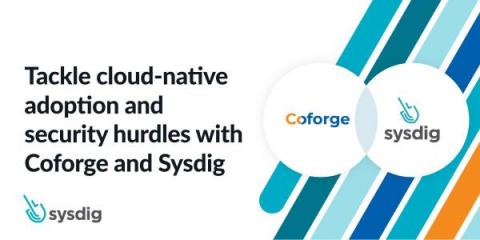Automating Azure Files Restore in Azure Kubernetes Service
If you are considering Azure Files as the persistent storage for your Azure Kubernetes Service (AKS) applications, there are important considerations around AKS backup and recovery with implications on how you can perform Dev, Test, and Staging. This article outlines these data management considerations in detail and how to work around Azure Files limitation to achieve feature parity with using Azure Managed Disks.











